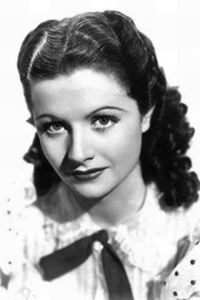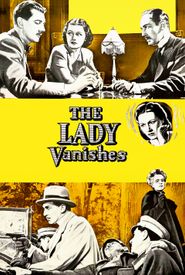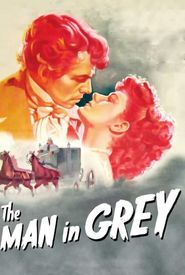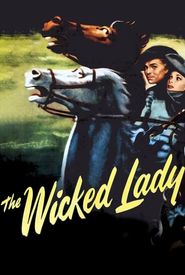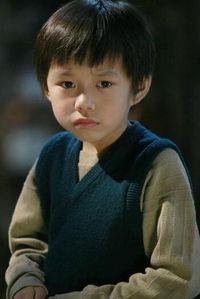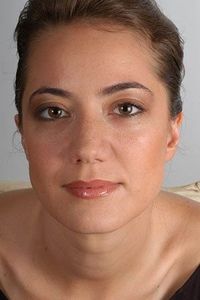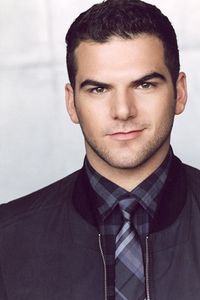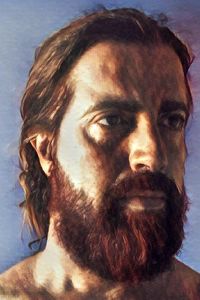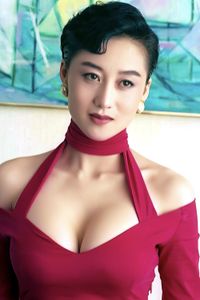Margaret Lockwood, a talented actress born in Karachi, Pakistan, to a British colonial railway clerk, received her education in London. She pursued her passion for acting at the Italia Conti Drama School, where she began her stage career at the tender age of 12 by playing a fairy in "A Midsummer Night's Dream" in 1928. Lockwood's early performances included a minor role in the Drury Lane production of "Cavalcade" in 1932, followed by her completion of training at the Royal Academy of Dramatic Art.
Margaret's film career commenced in 1934 with "Lorna Doone," and she quickly gained recognition as a seasoned performer when Alfred Hitchcock cast her in his thriller, "The Lady Vanishes," opposite Michael Redgrave in 1938. The film, shot at Islington studios, was released in 1939, and Lockwood's performance as the inquisitive girl who uncovers a conspiracy on a train journey received widespread acclaim. The success of the film led to her spending time in Hollywood, but she soon returned home due to poor material.
Back at Gainsborough, producer Edward Black planned to pair Lockwood and Redgrave in a series of films, similar to the "Thin Man" series in America. However, the war intervened, and the two actors only appeared together in "The Stars Look Down" in 1940. This marked the beginning of Lockwood's "bad girl" roles, which would redefine her career in the 1940s.
In between playing femme fatales, Lockwood starred in the 1944 melodrama "A Lady Surrenders" as a brilliant but fatally ill pianist, and she received critical acclaim for her portrayal of a young girl possessed by a ghost in "A Place of One's Own" in 1945. However, her most iconic performances came in two classic Gainsborough period dramas: "The Man in Grey" in 1943, co-starring James Mason, and "The Wicked Lady" in 1945, also starring Mason.
"The Man in Grey" was a torrid and escapist melodrama, with Lockwood portraying a treacherous and opportunistic vixen, exuding more sexual allure than was common for films of that period. The film's massive popularity led to her second key role as the cunning and cruel title character of "The Wicked Lady," a female Dick Turpin. This film was even more daring in its depiction of immorality, and the controversy surrounding it did not harm its box office performance.
Some of Lockwood's scenes had to be re-shot for American audiences not accustomed to seeing décolletages. Margaret scored another hit with "Bedelia" in 1946, as a demented serial killer, and then played a Gypsy girl accused of murder in the Technicolor romp "Jassy" in 1947.
As her popularity waned in the 1950s, Lockwood returned to occasional performances on the West End stage and appeared on television, making her greatest impact as a dedicated barrister in the ITV series "Justice" from 1971 to 1974.
